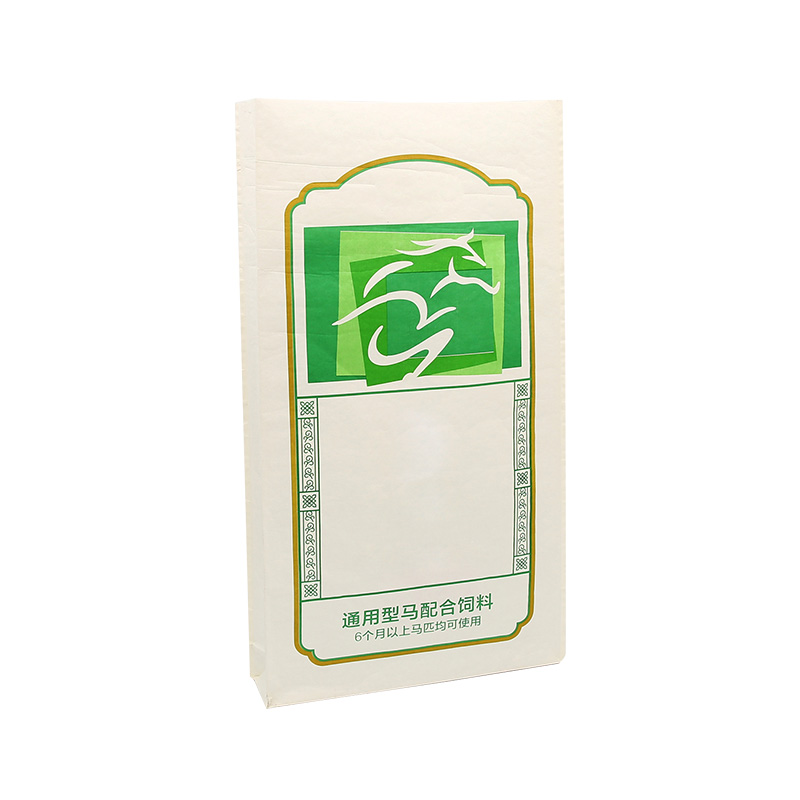Polypropylene (PP) woven bags are widely used in industrial, agricultural, and food packaging applications due to their versatile properties. Among the key characteristics that make these bags desirable is their combination of waterproof and breathable features. This balance allows PP woven bags to protect contents from moisture while maintaining airflow, reducing condensation and spoilage, which is particularly important for products like grains, fertilizers, and construction materials.

One of the primary advantages of PP woven sacks is their durability. The woven structure provides strength and tear resistance, allowing these bags to withstand rough handling during transportation and storage. The waterproof feature ensures that contents remain dry even in damp environments. At the same time, the breathable nature allows moisture trapped inside to escape, preventing mold growth and maintaining product quality over time. This combination of properties positions PP woven bags as a reliable solution in various supply chains.
In comparison, biodegradable pouch packaging has gained attention for environmentally conscious markets. These pouches are typically designed to decompose naturally, reducing plastic waste and environmental impact. While they are suitable for light- to medium-weight products, they do not always offer the same mechanical strength or waterproof qualities as PP woven bags. However, integrating biodegradable features into packaging solutions complements PP woven sacks for businesses seeking sustainable alternatives while still needing strong protection for bulk goods.
Multiwall kraft paper bags are another widely used option in packaging, particularly for powders, grains, and chemicals. These bags are composed of multiple layers of kraft paper, providing both strength and some moisture resistance. Multiwall kraft paper bags can also be combined with inner liners, including polypropylene, to improve waterproof performance. While they are not inherently breathable like PP woven sacks, combining kraft paper with selective liners can achieve a balance between moisture protection and product aeration. This makes them suitable for applications where controlled airflow is necessary, such as food products that require extended shelf life.
PP woven bags can also be customized for specific packaging requirements. Various coatings and lamination techniques can be applied to adjust waterproof levels without compromising breathability. For example, woven polypropylene can be laminated with a thin layer of polyethylene to enhance water resistance for outdoor storage or shipping. At the same time, micro-perforations or breathable lamination layers can maintain airflow, ensuring products remain dry and free from condensation. These design options make PP woven bags adaptable across industries, from agricultural transport to industrial chemical storage.
Another notable feature of PP woven sacks is their recyclability. Unlike some coated paper bags or mixed-material pouches, woven polypropylene can be collected, cleaned, and reprocessed into new packaging, supporting circular economy initiatives. This aligns with growing environmental regulations and corporate sustainability goals, where packaging materials are evaluated for end-of-life recovery and environmental impact. Combining PP woven bags with biodegradable pouch packaging or multiwall kraft paper bags offers a comprehensive approach to balancing performance and sustainability in the packaging sector.
In addition to industrial and agricultural uses, PP woven bags are increasingly seen in retail and consumer applications. Food packaging, bulk snack distribution, and garden supply products benefit from the strength, waterproofing, and breathability of these sacks. The ability to print labels, barcodes, and product information directly on woven material adds convenience for inventory management and logistics. Similarly, multiwall kraft paper bags and biodegradable pouches provide complementary packaging solutions for retail products where environmental considerations are prioritized.
Ultimately, the combination of waterproof and breathable features makes PP woven bags a practical choice for many businesses. While biodegradable pouch packaging and multiwall kraft paper bags offer unique advantages in sustainability and paper-based protection, PP woven sacks remain relevant for applications that demand durability, moisture management, and adaptability. By selecting the appropriate packaging solution based on product type, storage conditions, and transport requirements, companies can maintain product quality while responding to environmental concerns and evolving market demands.
The continued innovation in packaging materials ensures that PP woven bags, along with biodegradable pouch packaging and multiwall kraft paper bags, provide versatile options for different industries. Understanding the specific benefits and limitations of each packaging type helps businesses make informed decisions that meet operational needs, protect products, and align with sustainability goals.


 English
English Español
Español عربى
عربى
